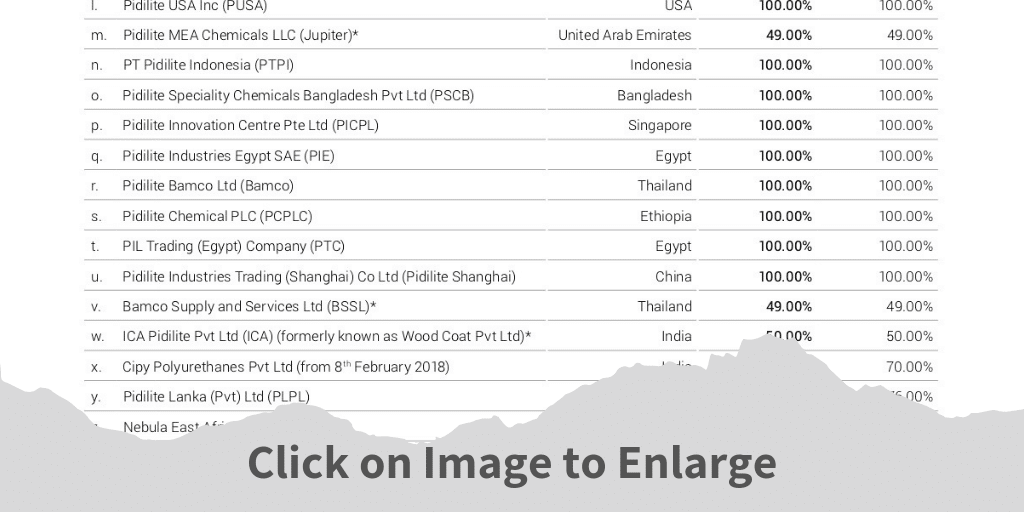Retail investors have a doubt if they should look at the consolidated results or standalone ones. Let me clarify once and for all for every investor.
What is a Standalone Entity?
Standalone results represent the performance of the company as a single entity without taking into consideration the performance of its subsidiaries holding companies.
What is a Consolidated Entity?
When a new company forms, it is a single entity. It will only have standalone performance. As the company grows, they may expand the business into different geographies or acquires other companies.
If the company expands itself in a new country, the Indian company may need to create a separate company for the region. The newly formed company becomes the subsidiary of the parent listed company.
Similarly, if a company acquires another company, it becomes the subsidiary of the company. Depending on the acquisition by the company, it may become a wholly-owned subsidiary or even a partly hold subsidiary.
Let us understand this with the example of Pidilite.
In the 2019 annual report, the Company has reported 27 subsidiaries, both direct and indirect, as on 31st March 2019. Eight of these subsidiaries are in India, and 19 of them are abroad.
The above screenshot is from 2019 annual report showing a list of all subsidiaries of Pidilite Industries along with the portion held by the company.
So when we consider the results of all the owned subsidiaries combined, we term it as consolidated performance.
So, consolidated results represent the performance of the company as a whole by taking into consideration the performance of all its wholly or partly owned subsidiaries holding companies.
Standalone Vs. Consolidated – The one To Consider
Now, we know what is standalone and consolidated entities.
So it becomes easy to answer which one investors should consider. Always consider the consolidated results and performance.
The company you want to invest in isn’t a standalone entity. It is the sum total of all the subsidiary put together.
The Diversification in Subsidiaries
A company can even have different business verticals under subsidiary companies.
As an example, Exide Industries is an automotive battery manufacturing company. As an investor primary looking to invest an auto ancillary company may consider investing in Exide industries.
But there is a life insurance company known as Exide Life Insurance company Ltd a subsidiary of Exide Industries.
So when you are investing in Exide Industries, you are also investing in their life insurance business.
Points to Consider for Standalone Vs. Consolidated
One more important question to take a note of is the ownership of the parent company in the subsidiary company. Does the parent company fully own the subsidiary company or there are other owners of the subsidiary company?
Annual reports will be the place to find the answer to such questions.
In the above example of Pidilite, the parent company owns a 49% stake in Pidilite MEA Chemicals LLC (Jupiter). Checking out on the clarifications helps where they mention, and I quote:
The Group has the power to direct the relevant activities of these entities and therefore controls these entities.
Similarly, there are many other questions to consider:
- How the profits from the subsidiary company flows into the parent company?
- How much of the overall profits of the parent company is from a particular subsidiary company?
- Which subsidiary companies are profit-making and what are loss-making subsidiary?
So on and so forth.
Final Thoughts
To simplify, always consider the consolidated entity. As an investor, you aren’t investing in the standalone entity.
I don’t invest in a company; I invest in the team building the business.




Leave a Reply